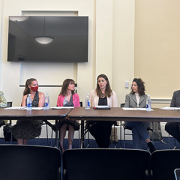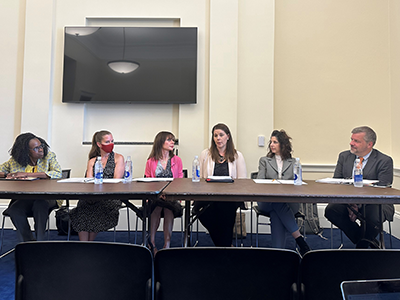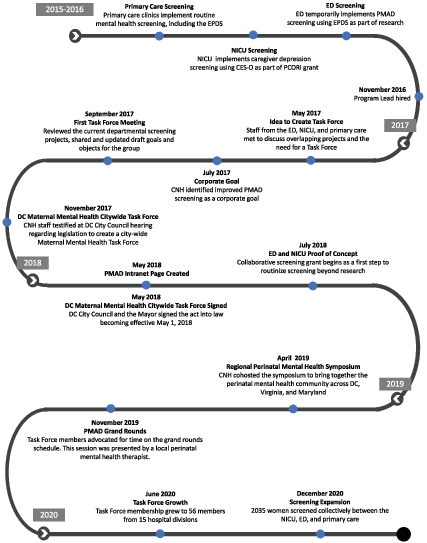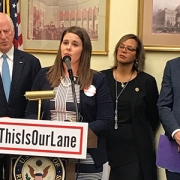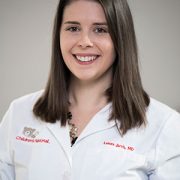The role of healthcare providers in adolescent relationship abuse

Healthcare providers can play an important role in adolescent relationship abuse.
Adolescent relationship abuse (ARA) or “teen dating violence” is a significant public health concern that affects millions of adolescents in the United States and globally. Providers who care for adolescents must be prepared to promote healthy relationships and support ARA survivors given that adolescents experiencing this are at increased risk for negative health and psychosocial outcomes.
What this means
In a new article published in the journal Pediatric Clinics of North America, the authors comment on the opportunity healthcare providers have for ARA prevention using a universal education approach that provides information on healthy and unhealthy relationship behaviors and ARA resources. A shared decision-making approach when responding to ARA disclosure may facilitate patient-provider trust, safety, resource utilization and adolescent autonomy.
“It is important to consider several concepts that apply broadly across work with adolescents: adolescent development, healing-centered engagement, intersectionality, co-occurring forms of violence and ARA prevention,” said Lenore Jarvis, M.D., director of Advocacy and Health Policy for the Division of Emergency Medicine at Children’s National Hospital and the article’s author. “Linkage to resources that are not disclosure dependent may increase connection to resources, youth empowerment and autonomy.”
Why it matters
The study equips healthcare providers with concrete ways to address ARA within the healthcare setting. Providers can use the steps outlined to learn more about examples of abusive relationship behaviors, ARA indicators, healing-centered engagement approaches, universal education and screening recommendations, and ARA resources.
“Recommended language and scripts are also provided to further illustrate limits to confidentiality, universal education, indicator-based assessment, response to disclosure (victimization and perpetration), when mandatory reporting is indicated and safety planning,” Dr. Jarvis added.
Moving the field forward
A universal education approach that provides all youth with information on healthy relationships and resources for ARA provides opportunity for youth to access resources regardless of disclosure. A survivor-centered response to ARA disclosure includes validation and shared decision-making with the adolescent about resources and support, including a warm hand-off to victim services resources and connection to a trusted adult. Providers should address both immediate and long-term health needs and ongoing support after ARA disclosure.
“I find the development of healing-centered engagement approaches with adolescents to be exciting. Healing-centered engagement emphasizes both trauma and resilience as universal experiences, recognizes that trauma and healing occur within relationships and empowers adolescents to actively participate in their healing process,” Dr. Jarvis explained. “General practices that may facilitate healing-centered engagement in healthcare settings include ensuring awareness of limits to patient provider confidentiality, opportunity for resource connection that is not disclosure dependent, and a shared decision-making approach when ARA is disclosed. These practices can foster patient-provider trust, empower adolescents and minimize risk for potential unintended harm related to healthcare provision.”
The article also incorporates some of the lessons learned from Dr. Jarvis’ Centers for Disease Control and Prevention K01 grant award on “Addressing Relationship Abuse in a Pediatric Emergency Department.” Further, the co-authors work together in a national ARA and intimate partner violence workgroup to discuss evidence-based recommendations to provide the best care possible for patients and families with regards to interpersonal violence. Dr. Jarvis recently did a podcast on the subject of ARA for “Pediatric Meltdown.”



